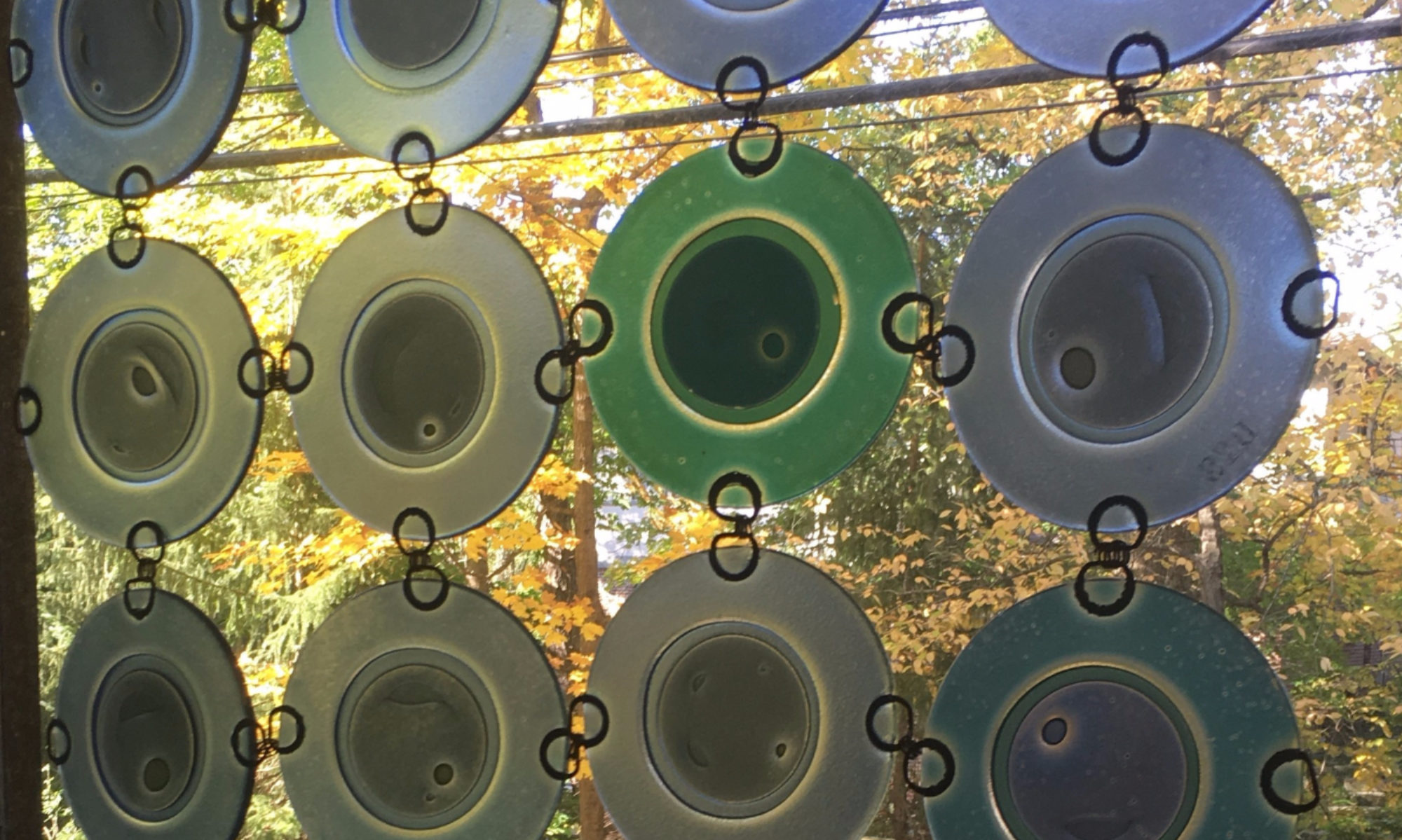About 12 years ago, around 2006, I was browsing at a local thrift store when I came across an innocuous signed still life painting. The name on the front was Jackie Ormes (American, 1910-1985), and there was a copyright stamp on the back with the artist’s Chicago address. As I was not familiar with the Ormes, I hesitated to pay the $5 asking price, but I was sufficiently intrigued to try to look up the name when I got home (my flip phone would not have been adequate to check the web in those days). I referred to my trusty Davenport’s Art Price Reference – a massive, expensive book that was – and often still is – the go-to resource for information about obscure artists. No luck. But my home PC did come through – I found some references on the Internet to Ormes as a prominent children’s doll designer. Armed with that knowledge, I forged ahead and bought the painting later that day.
 Jackie Ormes, Still Life of Lilies, Watercolor and Crayon on Illustration Board, circa 1970
Jackie Ormes, Still Life of Lilies, Watercolor and Crayon on Illustration Board, circa 1970
The painting turned into one of my favorite – and most lucrative – finds to date. I continued to research Ormes and discovered that she was in fact a pioneering journalist and cartoonist; in the 1930s, she created Torchy Brown, which was the first syndicated comic strip by an African-American woman. After moving to Chicago in the 1940s, she wrote a column in The Chicago Defender and began new comic strips, including Patty-Jo ‘n’ Ginger and, later, Torchy in Heartbeats (which by the way would make a great band name). In the late 1940s, her work led to a contract to design dolls for the Terry Lee Company. Vintage Patty-Jo dolls remain highly collectible today. In short, Ormes was a veritable renaissance woman, though little-known at the time outside of the doll-collecting community. It seemed almost incredible that so little was written of such a trailblazing figure. (Since then, Ormes work has become better known, and she was posthumously inducted into the National Association of Black Journalists Hall of Fame in 2014).
I was thrilled to have found this small token of history in the still life. But I was in the business of buying and selling, so I eventually looked for ways to market and sell the piece. Concurrently, around 2006 or so, a new market was developing for exactly this kind of art – auctions which specialized in African American artists. These auctions were beginning to drive recognition for artists who had previously been marginalized or ignored. And there was a vast pool of eager collectors who quickly began driving record prices for top African American artists such as Romare Bearden, Beauford Delaney, Jacob Lawrence and Elizabeth Catlett. It was also just a couple years prior to the market collapse in 2009, and in those days, art prices were peaking.
Eventually I sent my painting to New York to test the waters. Since there was no auction history for Ormes, there was no guarantee that the market would be interested in her work. And from a fine art standpoint, the still life was a bit on the plain side – elegant and understated, but mostly decorative in nature and not representative of Ormes work as a cartoonist. It was also a watercolor with some gouache, which traditionally sell at a fraction of the price of oil paintings. Still, the auction house placed an optimistic estimate of $2,000-$3,000 on the painting.
I attempted to drum up support for the painting in some discussion forums for comic strips as well as doll collectors – and it seemed to resonate with some. When the dust settled, the painting sold for $3,200 plus commission. It remains the sole auction record for the artist that I’m aware of.
Since that time, I haven’t lost my interest for trailblazing African American artists like Ormes – and they can still crop up when you least expect them. Quite recently, I purchased a group of paintings at a local auction which included a pair of excellent Carl Gibson Hill cityscapes of New York (available on my Ebay shop). The paintings are unsigned, but I noticed that the back of one of the frames had a small pocket that contained a sliver of an old mat board with the artist’s signature on it.
 Carl Gibson (Collington) Hill, Watercolor, From Central Park, 1940
Carl Gibson (Collington) Hill, Watercolor, From Central Park, 1940
 Carl Gibson (Collington) Hill, Watercolor, Brooklyn Bridge, circa 1940
Carl Gibson (Collington) Hill, Watercolor, Brooklyn Bridge, circa 1940
Carl Hill (Trinidad/American, 1911-1943) immigrated to New York in the 1920s and quickly began training as an artist in the WPA Harlem Community Art Center and the National Academy of Design. He produced mainly watercolors and also a few prints — but I cannot find other examples of New York citiscapes by Hill online.
After several prominent exhibits in the late 1930s, Hill joined the Merchant Marines at the outset of World War II. In 1943, his work was featured in the Merchant Seaman Annual Art Exhibit at the Hall of Art in New York. Sadly, two days after the exhibit debuted, his ship, the U.S.A.T. Dorchester, was attacked by a German submarine off the coast of Greenland, killing Hill and 675 service men. His work was later featured in a memorial section in the subsequent Merchant Marine annual art exhibits. (Thanks to AskArt.com for the biographical information.)
